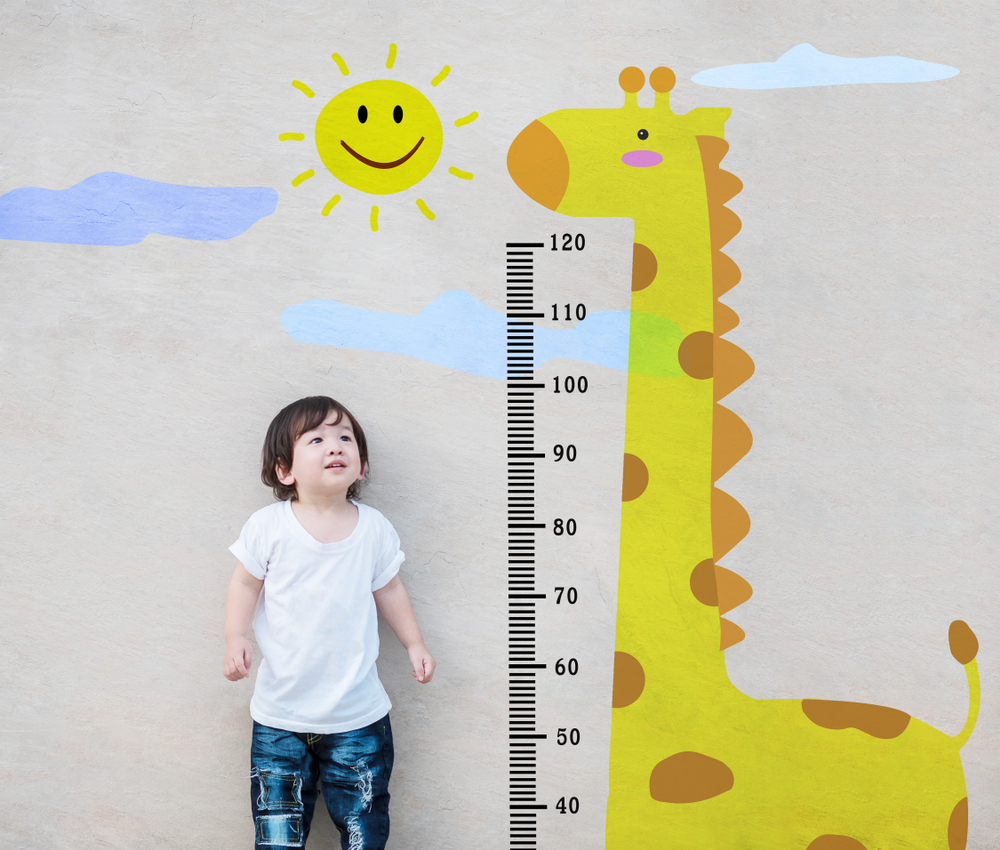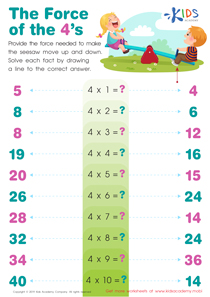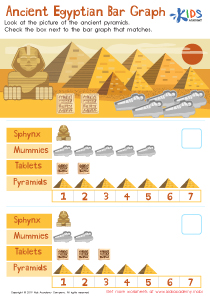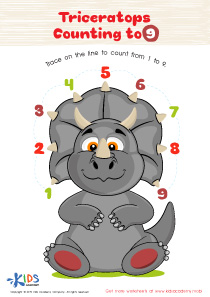Comparing numbers Easy Measurement Worksheets for Ages 6-8
3 filtered results
-
From - To
Explore our "Comparing Numbers Easy Measurement Worksheets" designed for children ages 6-8! These engaging worksheets assist young learners in developing essential math skills by practicing comparison of numbers through fun activities. Each worksheet is tailored to reinforce understanding of greater than, less than, and equal to concepts in a visually appealing manner. With clear visuals and age-appropriate challenges, children will enhance their measurement skills while building a solid foundation in comparing numbers. Perfect for classroom use or at-home learning, our worksheets promote critical thinking and reasoning in a relaxed and enjoyable way. Start your child's journey to math mastery today!
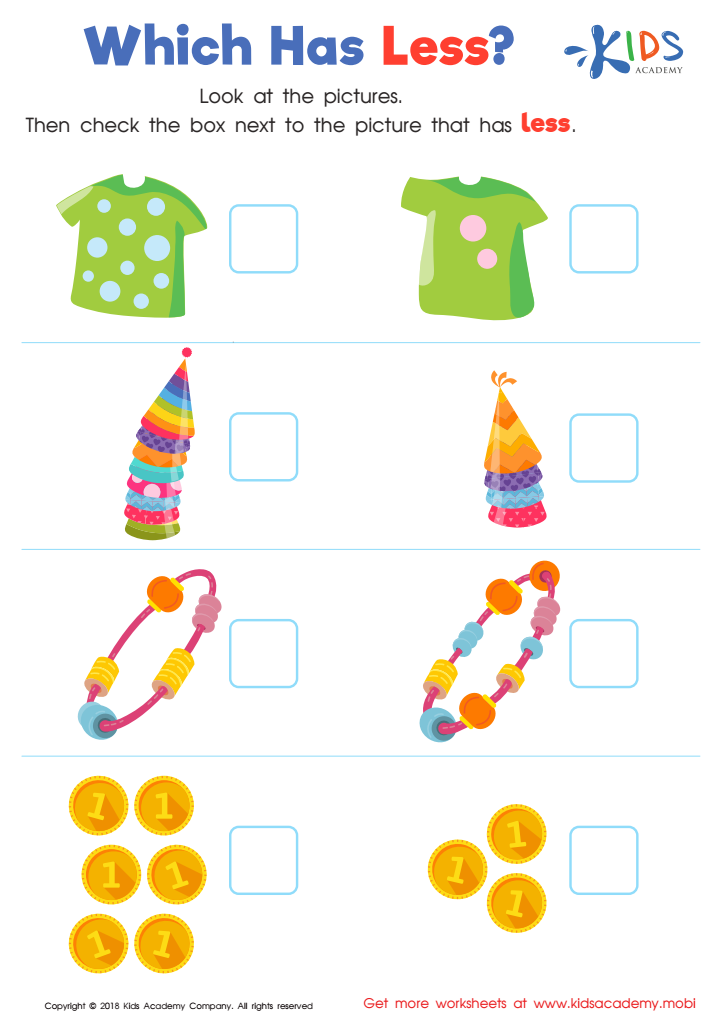

Which Has Less? Worksheet
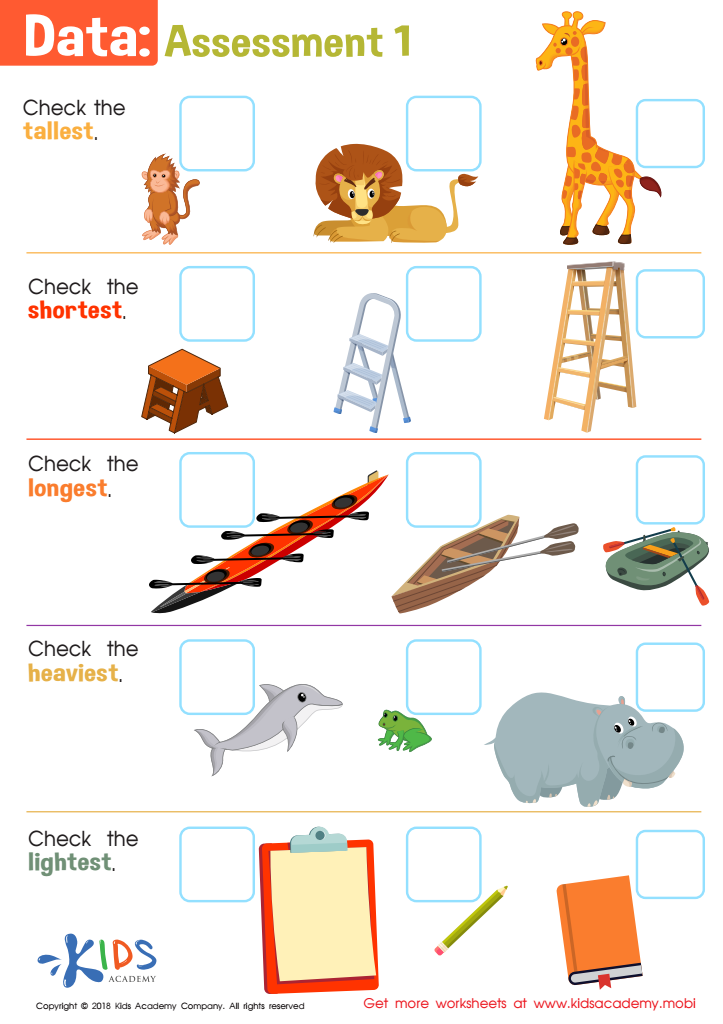

Data: Assessment 1 Worksheet
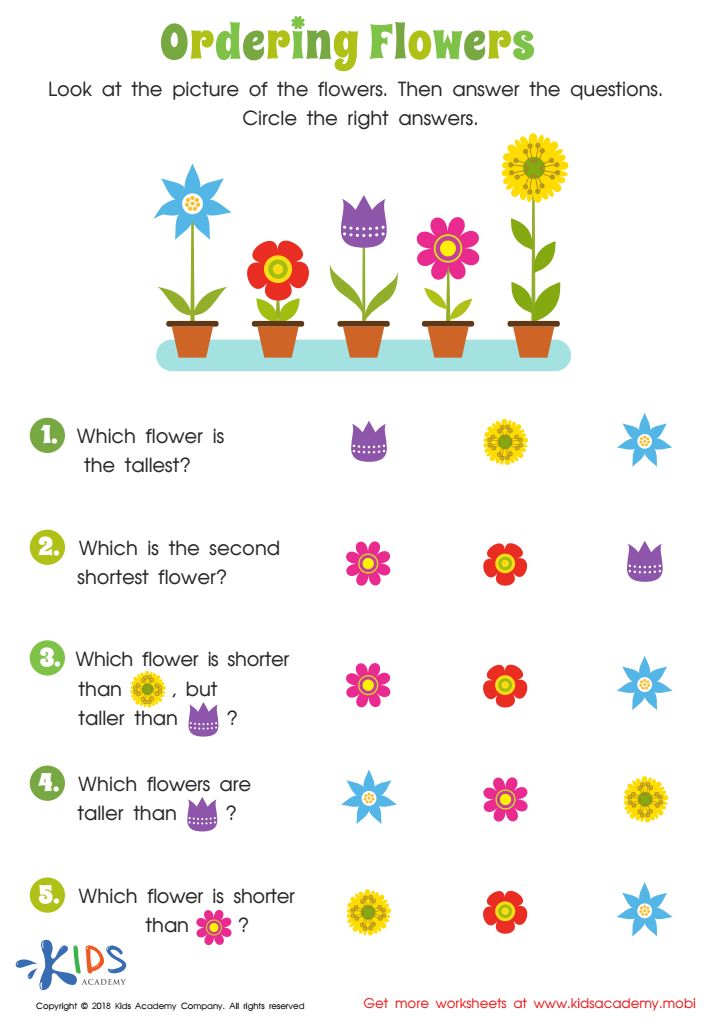

Ordering Flowers Worksheet
Parents and teachers should prioritize the concept of comparing numbers and measurements for children aged 6-8, as it lays a crucial foundational understanding for mathematical reasoning and problem-solving. At this age, children are naturally curious and engaged learners, making it an ideal time to introduce them to concepts of quantity, size, and value. Comparing numbers encourages critical thinking skills, as it requires children to analyze differences and similarities between quantities, enhancing their cognitive development.
This understanding not only supports basic arithmetic but also prepares children for more complex mathematical concepts encountered later, such as addition, subtraction, and understanding fractions. Moreover, measurement activities allow children to explore the practical application of math in real life, promoting engagement and relevance. When children learn to measure and compare objects, they can begin to appreciate their environment, make informed decisions, and solve problems.
Incorporating these skills into everyday activities reinforces learning and boosts confidence, which is essential during these formative years. Ultimately, grasping how to compare numbers and measure effectively contributes significantly to a child's overall academic success and ability to navigate the world around them. Thus, both parents and teachers should actively support learning in this area.
 Assign to My Students
Assign to My Students







